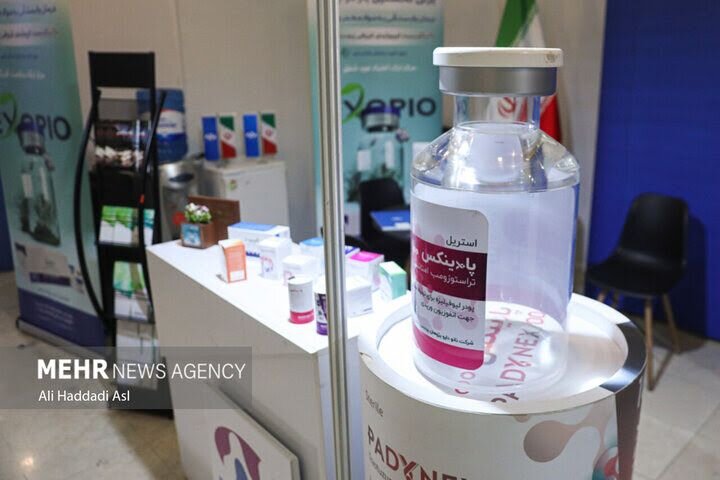
TEHRAN –The second national exhibition on ‘Innovation for Prosperity’ will be held in Tehran from June 11 to 14.
The exhibition includes five main sectors, namely housing; rural development infrastructure; agriculture; animal husbandry and fisheries; health and rehabilitation; small-scale employment, and soft and educational industries, ISNA reported.
The event serves as a platform for knowledge-based, creative, and technological companies active in the development and progress of less privileged areas to showcase their achievements and capabilities.
First exhibition
The first exhibition was held from June 13-15 last year to introduce the capacities of knowledge-based and innovative companies for creating job opportunities in underdeveloped regions.
The country’s progressing process of development has accelerated with the emphasis on the formation of the technology and innovation ecosystem and the approval of laws for supporting knowledge-based companies and boosting Iran-made products.
Today, we are witnessing the positive effects of adopting the approach in the economy, culture, and daily life of people.
Many efforts have been made over the past couple of years by the government to support villagers and slow down the trend of migration from rural areas to cities.
Improving the scientific level of society, achieving high global rankings in the number of scientific articles, references, and patenting, reducing the illiteracy rate, and increasing the number of university courses and students are only a part of the achievements after the victory of the Islamic Revolution.
Rural tourism, agritourism, religious tourism, and ecotourism are alternatives or complementary economic activities that could further stimulate rural development while decreasing rural community dependency on one main economic sector (agriculture, forestry, energy, or mining).
A total of 38,248 rural administration offices have been established since 2003, offering services to villagers across the country, IRNA reported.
More than 95 percent of the country’s rural population is covered by rural administration services.
According to the report, 643 rural administration offices have been established in the Iranian year 1401 (March 2022 –March 2023).
The Ministry of Interior has announced that all the villages with more than 20 households are allowed to establish rural administration offices.
Therefore, 100 percent of the country’s villages can benefit from the services of rural administrations.
On January 14, as per a permit issued by Interior Ministry, a total of 581 new village administration offices were established across the country.
Rural development
Villagers and nomads play a vital role in the political, economic, and social developments of Iran. So, October 7 was declared in 2013 as the National Day of Village and Nomads.
Despite their low population, they have a great role in all-out national development.
Although oil, industry, and service sectors hold a significant share of the national economy, the rural and nomadic economy is considered an inexhaustible source for the nation, compared to exhaustible natural resources.
Living far from pollution and current problems of cities and being less dependent on oil resources, they play a critical role in sustainable development.
Villagers and nomads take the lead in providing food, food security, and healthy food production.
They have a major role in the tourism and handicraft industry and they are sources of many cultures and traditions in the country playing an important role in ensuring the country’s security, especially in borders and remote areas.
Some 25 percent of the country’s population lives in villages, producing around 70 percent of food for the domestic market.
Currently, more than 90 percent of agricultural and food products are produced in villages. Some 25 percent of the country’s meat products and 35 percent of handicrafts, as well as a major part of organic dairy products, including vegetable oil, milk, curd, and other materials, are produced by nomads.
In fact, the economy of the rural areas is not limited to agriculture; it includes various industries such as handicrafts, creative industries, clothing, processing industries, food, medicinal plants, carpentry, furniture, tourism, ecotourism, fisheries, carpets and rugs, and dried fruits.
Products of villagers and nomads are being presented in an exhibition named “Rusta Abad” (Developed Village), ISNA reported.
The Majlis (the Iranian Parliament) approved a total of 31 trillion rials (nearly $62 million) for rural development in the budget bill for the previous Iranian calendar year (March 2022-March 2023), IRIB reported.
By allocating this amount of budget, the whole credit of comprehensive development plans will reach 42 trillion rials, Akbar Nikzad, head of the Housing Foundation, said in June 2022.
The comprehensive development plans aim to develop rural areas in line with cultural, economic, and social conditions, as well as housing provision for the rural residents and improving environmental service.
MT/MG
